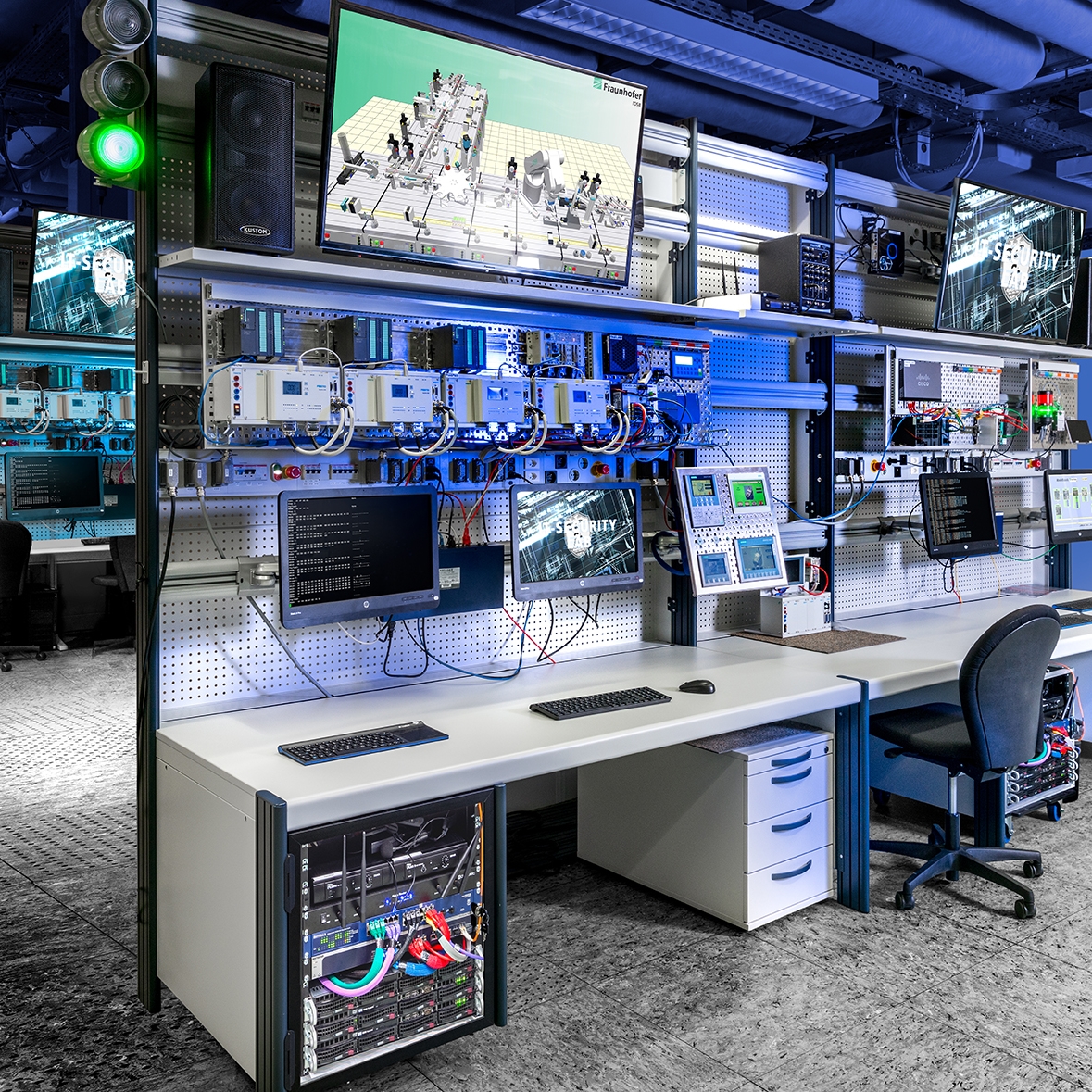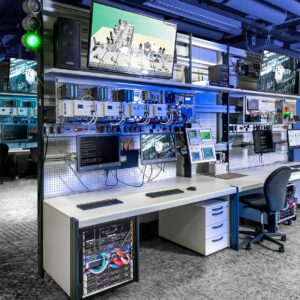Overview
Cybersecurity Lab Setup for Research and Development and Academics
Cybersecurity lab is essentially a focus on research and development and or testing and prototyping of solutions in the information security management domain. Hence, these computer labs require a crucial role to protect the digital resources, assess the risks, and produce the IT security specialists.

Features
Why Choose Our Cybersecurity Lab Setup
- Network Infrastructure: They enact the complicated network configuration consisting of servers, routers, firewalls, as well as switches. Network analysts study traffic & communications, identify threats, & experiment with security settings.
- Security Tools: Labs offer software solutions in the security area including IDSs, scanners as well as penetration testing tools. Communication technologists analyse and improve the preventive safety tactics.
- Malware Analysis: In laboratories, specimens of viruses are cut open and studied as to how they operate, how they spread themselves around, and what effects they have. One of the aims of reverse engineering tools is to point out the weaknesses.
- Threat Intelligence: Threat intelligence data is gathered and then processed by researchers from different locations. Labs also ensure they are up to date with the threats and the attack pattern.
- Secure Coding Practices: Security is among the aspects that labs stress in coding practices. Software developers get acquainted with the processes of coding in a way that reduces the potential of being compromised.
- Incident Response Simulations: Labs carry out scenario based responses of an incident. Protective security people simulate breach management, data loss or system intrusion.
Use Cases
Key Use Cases of Cybersecurity Lab
- Vulnerability Assessment: Labs detect vulnerabilities in the software, network and other applications. This way it is very hard for there to be a security breach since there are frequent assessments.
- Penetration Testing: To evaluate the proposal and evaluate the system’s robustness, researchers perform imitation cyber-attacks. Ethical hackers engage in looking for these holes and plugging them before the bad guys take their opportunity.
- Forensics Investigations: After a security breach in an organisation or company, labs in analysing the digital evidence. They track the origin of attacks, regain stolen data, and help police.
- Security Training: Labs prepare cybersecurity personnel and provide them with hands-on experience in threats, threats’ reactions, and other risks.
- Policy Development: They are involved in managing the security policies, compliance requirements, and standard guidelines. Labs help to close the gap between what is taught and what is practised in real life.

















Reviews
There are no reviews yet.